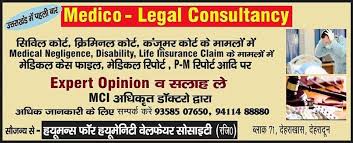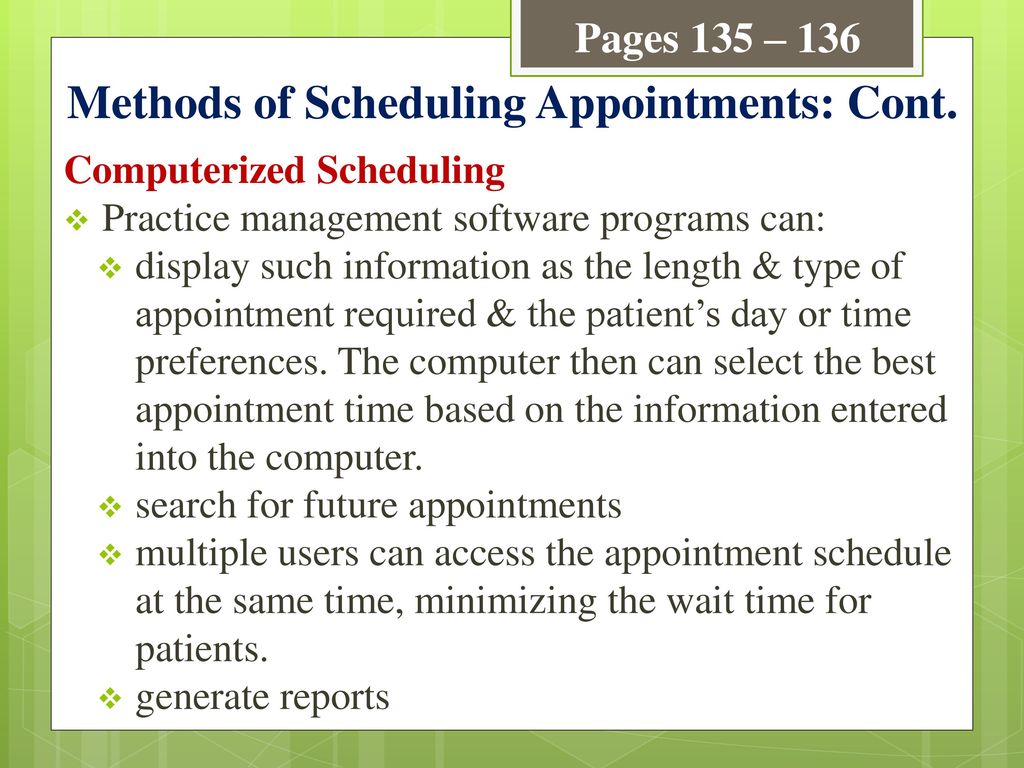LEAD ARTICLE – November 2020
New Concepts in the Medicolegal Business Arena
For the last 30 or 40 years, we have seen sole operators acting as experts, producing reports and defending their positions in the personal injury and medical negligence arenas.
I first began reporting in the 1980’s and remember some of my senior colleagues who had been functioning similarly for at least three decades before me.

The concept of a sole operator is that he or she relies upon his or her reputation for quality, objectivity and transparency. Some reporters became well known as “soft touches” or “bleeding hearts” and were favoured especially by the plaintiff lawyers. Others were at the much tougher end of the spectrum and were referred to as “hawks” or “sharks”. Inevitably, the conflict between those two reporting styles would result in an action that could only be settled in the Court or alternatively, both sides agreeing to accept a more moderate position from a third, non-polarised expert. This process continues today.
Over the last 15 or 20 years however, we have witnessed broking firms entering the business. These firms corner the work from requesting law firms, have a stable of reporters covering all or most specialties and profit share with the report writer. That share varies according to the services that the broker might provide. For example, some brokers will care for all of the secretarial and reception duties, provide the professional rooms, undertake the transcription and typing, and produce the final report. All the expert does is examine the plaintiff and write the report. The share varies from firm to firm but in general terms, the broker takes about 60% and the expert takes about 40% of the fee that is ultimately invoiced. Regardless of your views on this sharing arrangement, it has proved to be exceedingly lucrative for the broking firms. They continue to increase in numbers and several have sold their businesses to larger corporate entities or private investors. It appears to be a flourishing business.

Over the last year or two, I have noticed a third model appearing. This is a variation on the broking firm and simply involves a company acting as a conveyor of medicolegal work. The company solicits work from the legal fraternity, advertises by way of website and social media platforms, and also engages in personal visits. The referrals so received are then sent to the expert who in turn, manages the entire process through to completion without further assistance. Rather than a profit share arrangement, the conduit company takes a booking fee (say of $25) and then a percentage of the sum finally invoiced (say 5%). The fairness of this arrangement will depend upon your own personal perspective. For some experts, this will be a very convenient model to continue in practice into their twilight years. For others who lack the necessary infrastructure, the minimal assistance provided will be insufficient. This latter subgroup of experts will probably continue to remain under the protective wing of the broker.

Ultimately, the manner in which a report is solicited is irrelevant. It is the quality of the final report that should be the principal focus.
